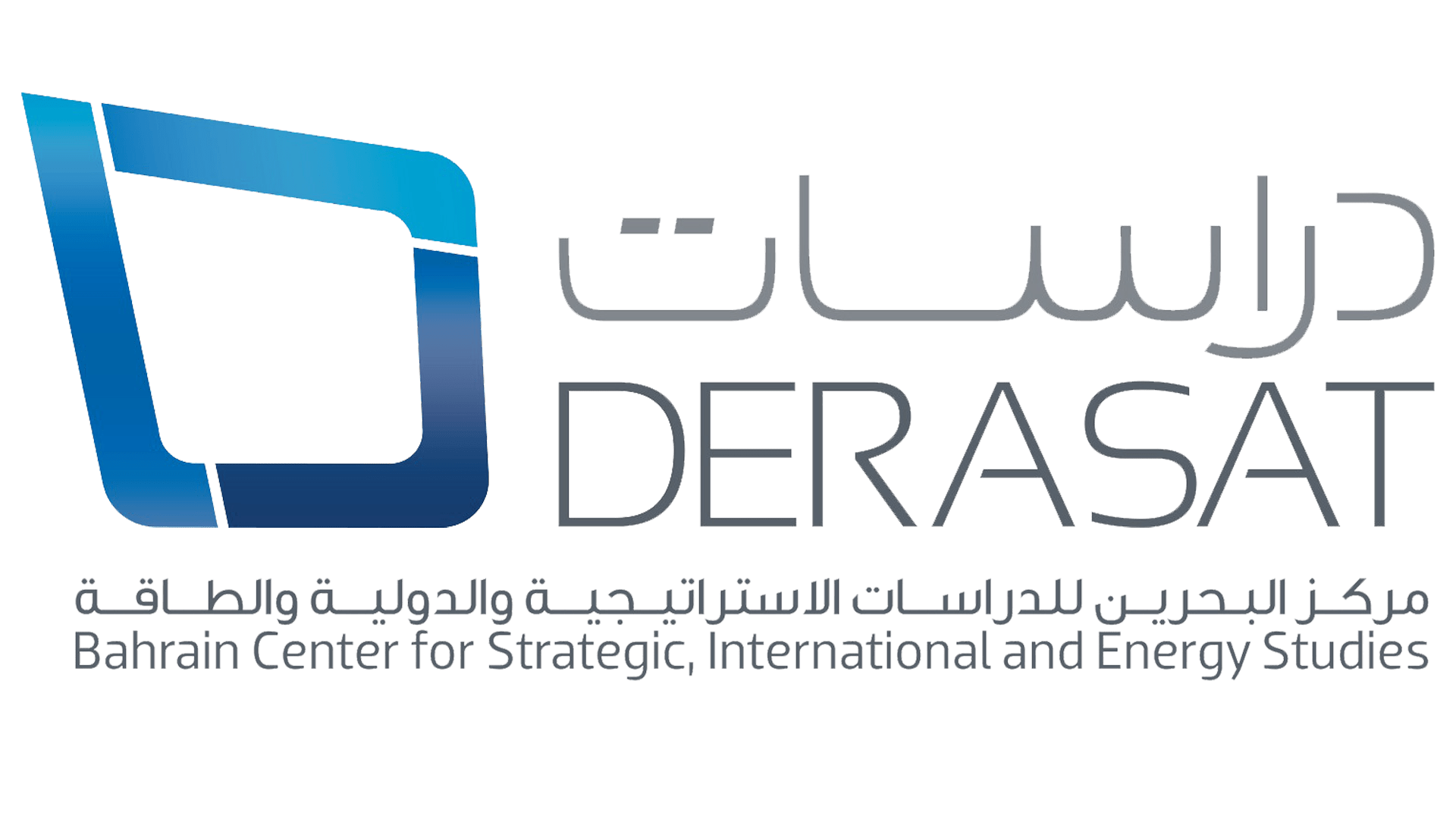Derasat hosted the second Middle East and North Africa IAEE Symposium in association with the 5th Derasat annual forum in Bahrain, themed “The Impact of Energy Transition in the MENA Region”, on 2nd & 3rd March 2022 at the Art Hotel & Resort.
The forum measured the aspiring economic and developmental goals and achievements in the MENA countries, especially the Arabian Gulf States, towards their ambitious environmental goals and efforts to curb pollution and climate change while preparing to withstand and benefit from the global shift to a green energy mix that focuses on renewables and alternatives.
[vc_tta_tabs style=”modern” active_section=”1″>The symposium and forum’s main theme will be, “The Impact of Energy Transition in the MENA Region”. The launch of the sustainable development goals (SDGs) in 2015 institutionalized a focus on shifting the world’s energy mix away from fossil fuels toward greener alternatives, including renewable energies such as solar and wind. The entire government policy spectrum has been deployed in the pursuit of this goal, including green regulations, subsidies that target green energy, and gradually increasing taxation on high-carbon activities. Moreover, governments continue to provide strong financial and legislative support for green research and development.
The COVID-19 pandemic has had a multifaceted impact on the transition toward cleaner energy. On the one hand, the pandemic has caused unprecedented economic stress and has contributed to a breakdown in multilateral cooperation; both of which have been unfavorable for green energy. On the other hand, many economies have leveraged the pandemic as an opportunity to reconfigure the political economy of energy investments, including the sidelining of entrenched and traditionally influential fossil fuel lobbies. One manifestation has been the direction of infrastructure elements of post-COVID fiscal stimulus bills toward green energies as part of a systematic rollback of carbon-related investments.
The Middle East and North African (MENA) region is playing a central and multidimensional role in the prevailing energy transition. For several decades, it has been a major source of global energy, most notably the countries that border the Arabian Gulf. Oil and gas exports have enabled many of these countries to realize high living standards and to grow their populations considerably. However, this has come at the cost of high levels of per capita power consumption.
Alongside population growth, a key driver of increased energy demand in the MENA region has been water scarcity, as the region’s arid climate renders power-intensive desalinization a primary source of water. Moreover, many of the heavy industries that have witnessed large-scale investments, such as petrochemicals and metals, involve energy intensive production methods. COVID has served to reinforce these tendencies by encouraging the localization of production in the pursuit of self-sufficiency, as this usually requires production methods that consume large amounts of energy.
However, the desire to diversify their economic bases and to contribute to the sustainability agenda has pushed many countries in the MENA region toward greener alternatives, most notably wind and solar energy. Moreover, countries that have traditionally been importers of cutting-edge technology, such as Saudi Arabia, have transformed into producers, as they seek to develop versions of prevailing renewable energy solutions that are tailored to their climate. In fact, in the case of hydrogen, the MENA region is transforming into a global technological frontrunner as the region’s players look to maintain their competitive advantage in energy exports.
The impact of energy on MENA societies extends well beyond the technical and economic domains. The region’s location and its fossil fuel reserves have together given the MENA great geo-strategic importance, motivating foreign powers to expend a large volume of resources on advancing their interests in the region, especially at the height of the Cold War. These efforts have taken the form of strategic partnerships in the security domain, diplomatic alignments, and traditional economic investments across a wide range of sectors.
Consequently, as the energy demands of the major powers evolve as part of the transition to greener sources, so too will the nature of interactions between the region and the rest of the world. An example is the United States, who – partially driven by developments in its shale oil sector – had expressed its clear desire to minimize security involvement in the MENA region, and that the region should become more independent and self-reliant in developing a sustainable security architecture.
Energy transition is, therefore, having profound and wide-ranging impact on the MENA region, due to a combination of internal and external developments. The symposium and forum aim to shed light on these issues from the perspective of policymakers, businesses, and the research community.
Session 1: Advancing Green Energy in the Middle East and North Africa (MENA)
• What is the nature of the fiscal and regulatory support given to green energies in the MENA region?
• To what extent is the prevailing energy mix the result of subsidies and legal support that is favorable to green energy?
• Do the societal benefits that green energies confer justify the cost of the fiscal and regulatory support that they are afforded?
• Does global competition give governments an incentive to limit pro-green regulation as part of a regulatory race to the bottom?
Session 2: The MENA region as a Technological Leader in Green Energy and the Circular Carbon Economy (CCE)
• What are the international policies and practices that support the CCE and how can we measure their impact on both environment and economy?
• What is the MENA region’s current contribution to green energy and circular carbon economy research and development, including hydrogen?
• What are the key barriers to the MENA region making a larger contribution?
Session 3: Artificial Intelligence and Energy Transition in the MENA region
• How can artificial intelligence technologies contribute to the transition to green energy in the MENA region?
• What are the key barriers to taking advantage of artificial intelligence?
• What are the risks associated with using artificial intelligence?
Session 4: Green Uses for Fossil Fuels in the Sustainability Era
• What methods currently exist for using fossil fuels in a sustainable manner?
• Can the extraction of fossil fuels remain commercially viable in the second half of the 21st century?


